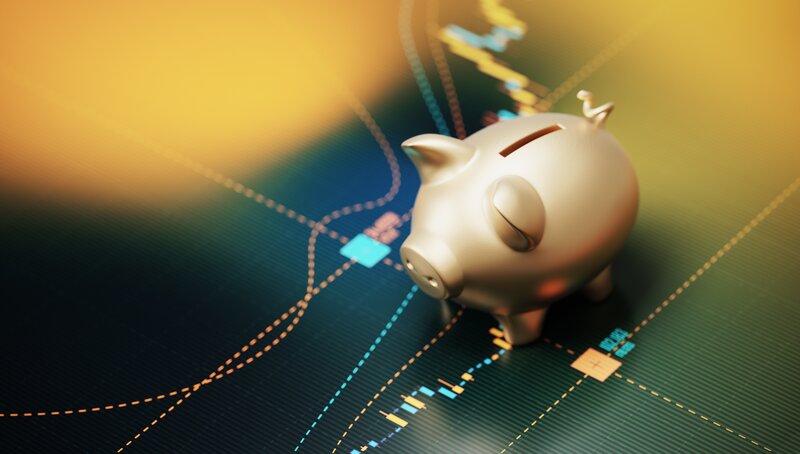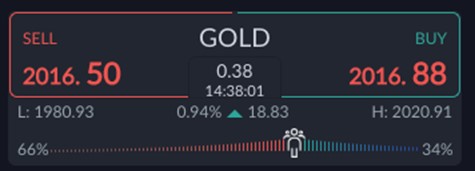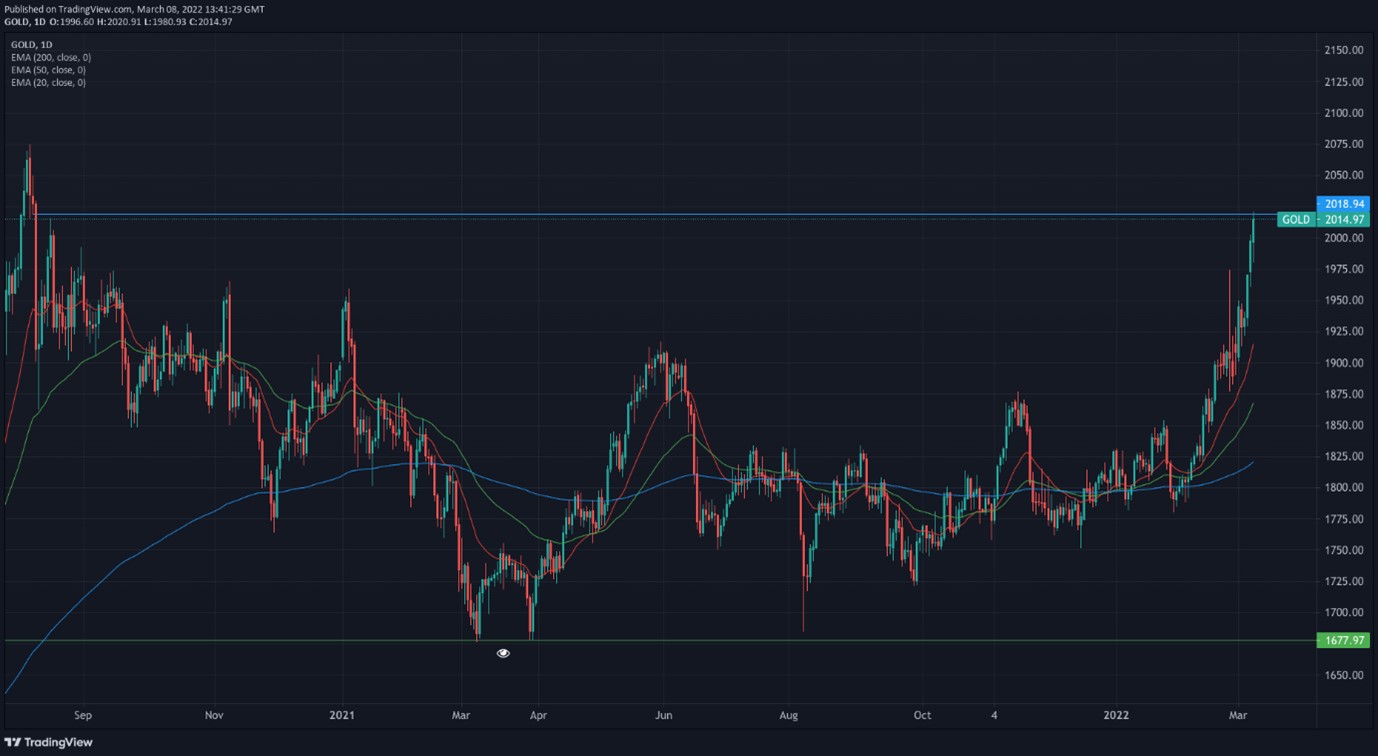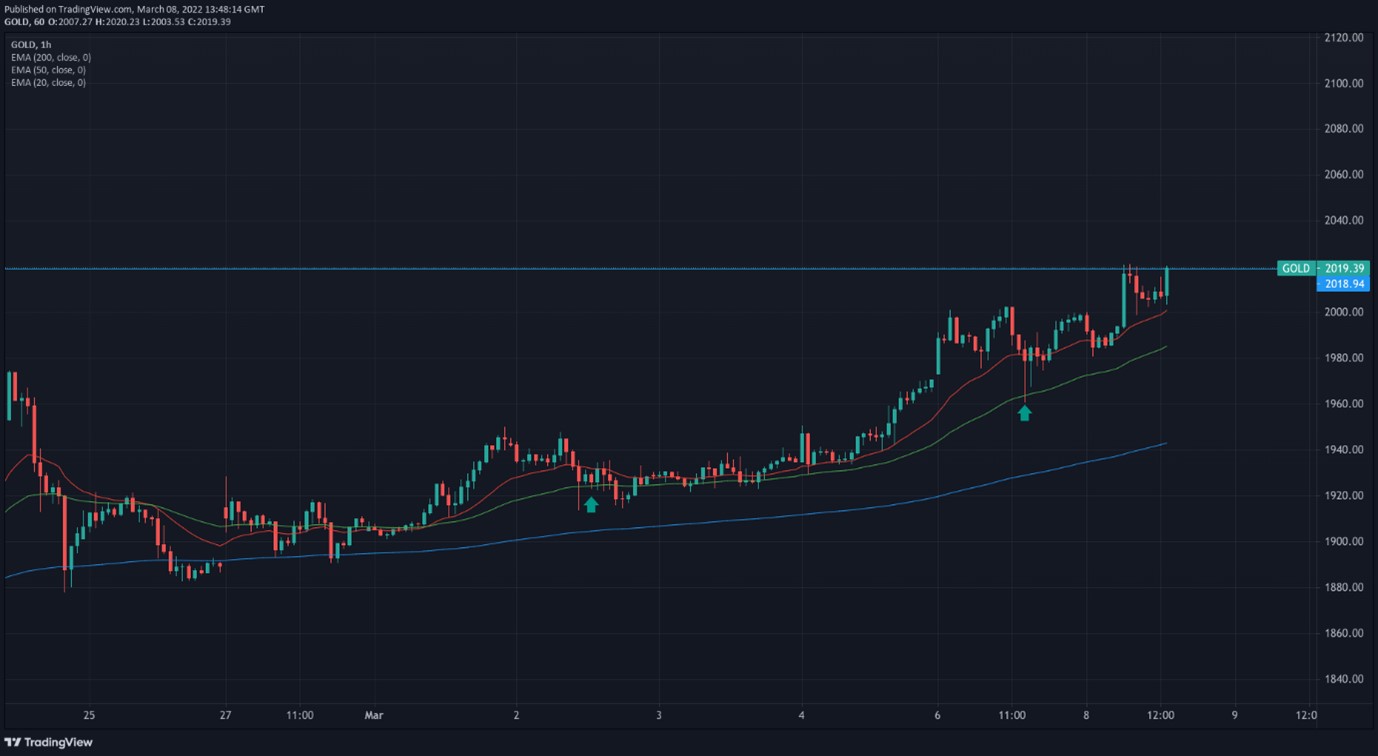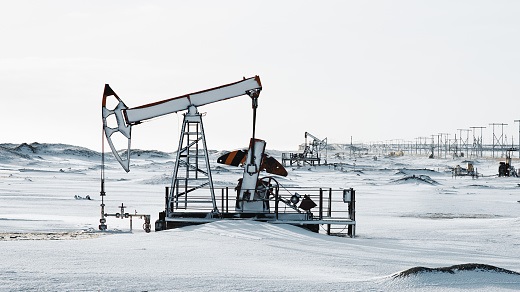Commodity Analysis
First, they ignore you, then they laugh at you, then they fight you, then you win.
Mahatma Gandhi
A brief backstory to try and get some pieces of the commodity puzzle in place.
Russian President Vladimir Putin left a G20 meeting early in 2014 after the world’s leaders blasted him for annexing Crimea and supporting Russian separatists in eastern Ukraine. It occurred while Obama was President, in the aftermath of Putin ignoring the red lines Obama set regarding Syria and the Assad regime. Former President Trump tried to reintegrate Russia into the G7 in 2020, but the UK and Canada opposed it. A video has been circulating on social media recently in which President Trump warns of the dangers of relying on one supplier of energy, and the German delegation appears to laugh at the President’s insinuation. In a separate video, Trump called into question the absurdity of NATO requiring so much funding from the USA for Europe to feel safer from possible attacks by Russia, but all the while Europe was paying a lot of money to Russia for their energy.
At this point, we are seeing fighting on many fronts. There are cyberattacks, military interventions, and invasions. In addition to sanctioning Russian businesses and finance, the West is also trying to work out how to cut its reliance on Russian energy. Wheat prices have skyrocketed, and European LNG prices have gone through the roof. Both base and precious metals are increasing in value, especially nickel and palladium. Chaos is disrupting markets and there is no end in sight.
While Putin had been able to meet with Chancellor Merkel in 2014, he also made sure to develop close relationships with BRIC nations. Brazil, India, China, and South Africa. India and China have the largest populations so they’re the two countries most likely to use this current situation to purchase discounted Russian commodities. China hasn’t vocally supported the Ukraine invasion, but India has stood up and backed Russia.
It could be that we’re witnessing a global split between the USA and China, as the West tries to consolidate its global trading partnerships and Russia turns to those that have been under attack from a militarised US dollar. Today it was reported that China is considering purchasing stakes in Russian energy and commodity firms such as Gazprom and aluminium producer United Company Rusal (UCR). UCR is the world’s second largest aluminium company, with China’s China Hongqiao Group the largest.
The selling of global equities to fund margin calls would make sense to what is happening in the global indices, as exposure to Russian debt, commodity producers, stocks etc. would need funding while those assets crash and burn. If China steps in to stabilise those companies and assets, it will have the same effect as when the Fed or any other central bank or government step in. Things start going up as confidence returns.
When it is a supply shock or disruption during times of increasing demand, we see assets also rise. Along with Nickel prices, Palladium prices surged during a period of heightened Russian embargo fears. Because of Russia’s sizeable share of global palladium production, a disruption to these flows would have catastrophic effects on palladium markets. There is a lower risk of supply disruption if palladium flows are redirected and re-routed through China.
Whether the global split means China and Russia work together to destabilize the current global network which is currently using the US dollar as the global reserve currency, we don’t know, but it is the next point to look out for. China is certainly moving into spaces created by the current level of disruption. Today there was a mention of Saudi Aramco and Sinopec strengthening ties with potential downstream collaboration in China, which would enhance Aramco’s presence in Asia. China will be viewing the way in which the USA tries to cut Russia out of global trade, and will no doubt learn and prepare, they have a 50-year plan for world domination and are obviously keen to make sure they have more than enough global influence.
In terms of sanctions against Russia, Europe is the weakest link as Trump’s foresight now casts a long shadow over the complexity of requiring Russian energy whilst fearing them enough to supply weapons to Ukraine. Due to German Chancellor Scholz’s opposition to an embargo on Russian crude, fears of disruption to certain commodities were eased. US President Biden could ban imports of Russian oil, LNG and coal as soon as today, without the participation of the EU.


Gold
In 2019 the Central Bank of Russia (CBR) was reportedly looking into a proposal to create a gold-backed cryptocurrency, that the nation could in the future use on cross-border settlements with other nations and bring back the gold standard. The removal of several institutional Russian-owned banks from SWIFT as part of the recent sanctions means that those banks can no longer use that method of communication. There are, however, lots of other ways for banks to talk to each other and settle transactions. For instance, the Chinese Cross-Border Interbank Payment System (CIPS). The CBR could also buy gold to ensure financial stability.
The CBR had previously suspended its gold purchases in 2020 but recent events have seen that policy change. So much so that there have been reports of a bipartisan group of US senators trying to introduce a bill to prevent Russia from liquidating gold. The bill would also apply secondary sanctions to any American entities that knowingly transacted or transported gold from Russia’s central bank holdings, including selling physical and electronic gold. A digital crypto currency backed by gold could be around the corner very soon.
The ActivTrader sentiment indicator shows that 66% of traders who are trading the gold CFD are shorting these elevated levels.
See real-time quotes provided by our partner.
Technically I would agree with the sentiment that if you’re looking for gold to go lower, better to trade from the top of the range off a level of known resistance. Which is what has happened today. The only problem with that trade idea today, is that the sentiment of the wider trading community is fearful, and gold is a safe haven. So, while the Russian aggression is present in Ukraine, there seems little reason to short at these levels until we see some bears actually step in.


The latest Commitment of Traders report for gold futures shows that there is an increasing hedge being put on by the commercials. They are obviously seeing these elevated prices and are happy to lock in a $2k/oz price for the future.
See real-time quotes provided by our partner.
For those who are not currently in a long position I wouldn’t recommend buying breakouts. However, if we should get a breakout move, this could be a signal for further upside potential in line with the current momentum. It’s just better to wait for either a retest of the breakout level or maybe a retest of the 50-period EMA. This intraday trend should continue like I said while the Ukraine situation stays bad or worsens. The ActivTrader sentiment indicator would be another alert to a change, should these traders decide to flip and go long.
